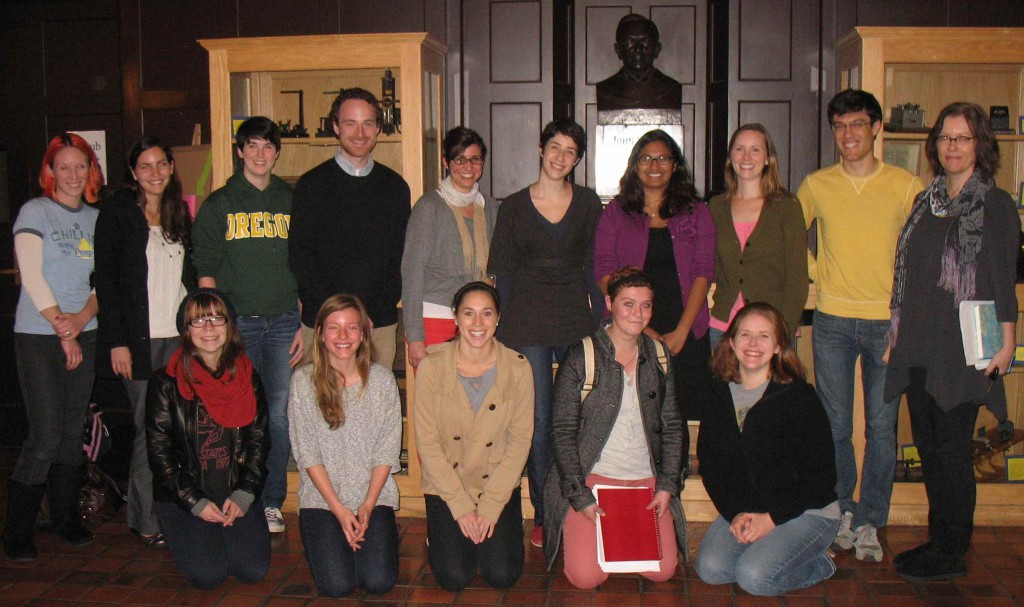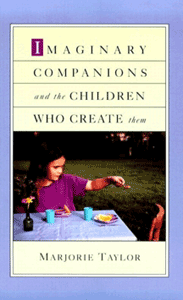Imagination Lab
The Imagination Lab is located in Psychology Department at the University of Oregon. Our research focuses on the development of imagination in children and its relation to social understanding, creativity, inhibitory control, and narrative skills. In particular, we are interested in children’s creation of imaginary companions and the role they play in social and cognitive development.
Lab Member Profiles (alphabetically ordered by last name)
| Naomi Aguiar |
|
 |
Naomi Aguiar is a doctoral student in the Imagination Lab. She is interested in children’s concepts of new technologies and how interactions with virtual characters relate to the development of imagination in early childhood. She is also interested in how pretending helps young children acquire knowledge about the world around them.For fun, Naomi enjoys yoga, cycling, modern dance, reading fiction and drinking coffee. |
| Jessica Kosie |
|
 |
Jessica is currently a Master’s Student at the University of Oregon and will be starting the PhD program in the fall. She is interested in the development of Theory of Mind, including children’s ability to understand the mental states of other humans and especially children’s tendency to attribute human-like mental states to non-human agents. In collaboration with Dr. Marjorie Taylor and the Imagination Lab, she is working on a project examining preschoolers’ implicit responses to everyday objects that appear to have faces. She also works in Dr. Dare Baldwin’s Acquiring Minds Lab examining infants and preschoolers’ ability to segment actions into meaningful units and to understand the goals and intentions behind everyday actions. In her free time, Jessica enjoys yoga, reading, playing with her three cats, volunteering at chimpanzee sanctuaries, and learning American Sign Language. |
|
| Candice Mottweiler |
|
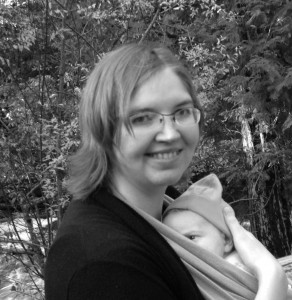 |
Candice is a doctoral student interested in children’s creativity, imaginations, and coping abilities. She is currently working on a longitudinal project that explores how creativity is related to various aspects of development and other individual characteristics with school-age children. In particular, she is interested in how different domains of creative behavior (e.g., creativity in the social domain) might be related to children’s ability to cope with stressful events. Other research areas include investigation of the relation between creativity and the stress hormone cortisol, the role imaginary companions play in the lives of foster care children, and developing age-appropriate measures of creativity for children. |
Past Lab Members (in progress)
|
| Emilee Naylor |
|
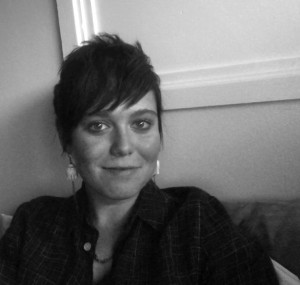 |
Emilee is a first-year Masters student. She is particularly interested in the neural underpinnings of daydreaming and spontaneous thought – formally referred to as the “default network”. She is currently investigating relations among task-switching between internally- and externally-directed thought, mind wandering, and creativity. Emilee is also fascinated by individual differences in imaginative involvement, and how the development of metacognition in early adolescence interacts with daydreaming, executive function, and emotion regulation.
Outside of academia, Emilee enjoys listening to music (at every possible moment), playing the violin, adventuring in the mountains, and reading in coffee shops. |
|
| Alison Shawber Sachet |
|
 |
Alison is a doctoral student interested in the development of imagination and pretend play and how children’s imaginations can influence their real life behaviors and abilities. Her dissertation research is about the extent to which children’s prosocial reactions to imagined scenarios are similar to reactions to scenarios involving real people. Her other research areas include the characteristics and correlates of children’s role play (e.g., having an imaginary companion or pretend identity), the distinction between role play and object substitution in pretend play, the relationship between children’s pretend play and personality traits related to social interactions, children’s ability to learn and transfer information from fantasy stories, the neural correlates of children’s motor imagery (using fMRI), and the relationship between children’s real and imagined actions. |
|
| Mirjam Staeb |
|
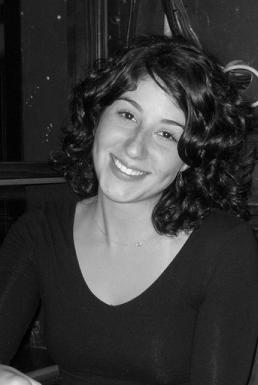 |
Mirjam recently graduated from the University of Oregon and is currently working and volunteering in several laboratories, hoping to eventually pursue a PhD in developmental psychology. She completed an honors thesis which involved looking at the development of the tendency to perceive face-like patterns in inanimate objects and how the anthropomorphic perception of faces might relate to pretend play behaviors and social understanding skills. She likes to spend her weekends reading in the park, cooking and baking, and playing with her cat Tom Bombadil. |
|
|
| Deniz Tahiroglu |
|
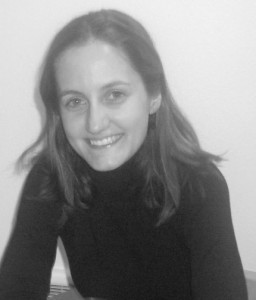 |
Deniz is interested in children’s social cognitive development during preschool years. Her main interest lies in children’s understanding of others: real and imaginary companions and nonhumans. Children’s theory of mind goes through striking changes during preschool years. As an additional measure to assess theory of mind during this period, Deniz constructed a parent-report theory of mind questionnaire (the Children’s Social Understanding Scale). Currently, she is examining how children’s theory of mind framework could be transferred to non-human world. More specifically, she is looking at how anthropomorphism (the attribution of mental states to nonhumans) develops during the preschool period, and what its correlates are. She is also interested in basic developmental processes in executive functioning, pretend play, and imagination in children with Autism Spectrum Disorders; and in the links between imagination and dissociation. |
